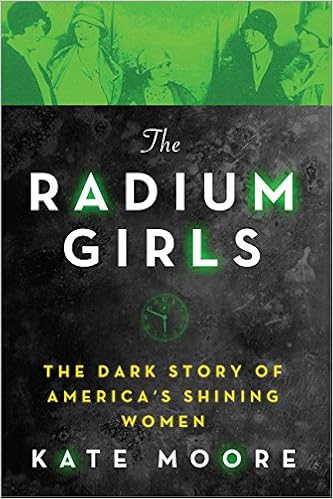A Story About A Turkey
During my childhood years, certain television programs repeated each season during various holidays, and Thanksgiving included one cartoon that I remember fondly called Jerky Turkey. It was a product of the MGM Cartoon Studio which was active from 1937 to 1957. MGM Cartoon Studio also gave us many other classics including Riding Hood and the Wolf, Droopy, and Tom and Jerry. MGM produced the first non-Disney cartoon to win an academy award. After MGM closed its cartoon department, most of the staff moved on to Hanna Barbera Productions. In fact, William Hanna and Joseph Barbera had been running the MGM Cartoon Studio from 1955 till it closed in 1957. In the 1930s, movie chains began running cartoons prior to the main feature along with newsreels, series and travelogues. MGM hired Tex Avery as animation director for MGM Cartoon Studio in 1943. Frederick Bean Avery was born in Taylor, Texas on February 26, 1908. In 1935 he went to work in California for Warner Brothers and created such cartoon favorites as Porky Pig, Daffy Duck and Bugs Bunny before moving to MGM in 1943. Later in his career, after MGM closed it’s Cartoon Studio, Tex worked creating commercials. He is responsible for the Frito Bandito and Raid Bug Spray ads. He died in 1980. Although Jerky Turkey was produced by Tex Avery the person credited with writing it is Heck Allen. Henry Wilson Allen was born September 12, 1912 in Kansas City, Missouri. After working in various odd jobs such as stable hand, shop clerk and gold mining he landed a job as a screenwriter at MGM animation in 1937. Beginning in 1950 he started writing novels. He wrote over fifty novels about the American West. Heck died in California of pneumonia in 1991. While Jerky Turkey was produced by Tex Avery and written by Heck Allen, the person who was responsible for the sound score was Scott Bradley. Scott was born in 1891 in Russellville, Arkansas. Although he began as a conductor of music in Texas he moved to LA in 1926 to work in radio and by 1929 he was working for Walt Disney. He worked for a couple of other animation companies, and in 1937 hired on with MGM animation. He scored 250 cartoons for MGM. In 1957, when MGM Cartoons closed its doors, Scott Bradley retired. He passed away in Los Angeles in 1977.
Even though I was laughing at Jerky Turkey in the 1960’s it actually was released in April of 1945, six months before the end of World War II. Shown at movie theaters as a propaganda reel, it is filled with references to the war. From the beginning of the film when the Mayflower sailed into Plymouth Rock escorted by an American Navy Convoy, complete with a Capital C gas ration tag on it and the Kaiser construction plate on the front of the ship (Kaiser was a big United States ship building company during WWII), to the last of the cartoon when the main characters are eaten by a bear named Joe at Joe’s Restaurant (Stalin’s first name of course was Joseph and the bear is an image associated with Russia), symbolism can be noted throughout the cartoon. For example there is a scene where two identical villages are celebrating thanksgiving in separate areas with one being labeled Democrats and one being labeled Republicans. This could be a reference to the disagreements between members of the two parties or could be a reference to the attempts of FDR to change the date of Thanksgiving and thereby elongate the Christmas shopping season to stimulate the economy. The people in each of the villages are moving in mirror image of one another, perhaps indicating the similarities of Americans are more of a reality than the perceived differences between the people of the two parties. In this cartoon there are references to the draft (the town crier holds a draft card labeled 1-A), to rationing (people are lined up waiting to get cigarettes), to people who were unable to fight being put to work in aircraft factories (4-F sign on a broken down trailer with the aircraft builder Lockheed written on the long underwear on the clothesline), the Nazi style march of the character starting out to shoot the turkey, fox holes, air raid shelters, getting goods on the black market (turkey), and even superman, who was a very popular fictional character at that time. During WWII Americans were having to conserve both fuel and rubber for the war effort. There were posters all around them with slogans to save fuel. At the beginning of the cartoon, when the Mayflower landed, there is a billboard that looks like a highway sign depicting the war time slogan: “Was this trip really necessary”. Perhaps the function of Jerky Turkey was only to get people to laugh at themselves and the situation they found themselves in but there appears to be deeper meanings woven into the fabric of the cartoon. It does include portrayals of Native Americans that today we realize are in poor taste. With the benefit of hindsight we can see where the Pilgrim trying to shoot the turkey, who continually gets away, will in the future morph to become the roadrunner and the coyote. But what Jerky Turkey is for me is a memory of a cartoon played on television during Thanksgiving time when I was a child.
